The Quest for the Holy Cold Frame
Since I like flashback, I’ll start with the final result:
First off, I figured I should attempt a bit of research. I procured Building & Using Cold Frames: (the Kindle Edition will save you 79 cents off the budget busting $3.95 list price) and skimmed an article on Mother Earth News ![]() on the topic. I’m enough of a guy that I wanted to forge my own path, so I decided to make my own plans. So armed with a decent recollection of my high school wood shop class, I set out to design my cold frame.
on the topic. I’m enough of a guy that I wanted to forge my own path, so I decided to make my own plans. So armed with a decent recollection of my high school wood shop class, I set out to design my cold frame.
You may wonder how I arrived at my design. I used the following design parameters:
- The frame should be designed to fit the sheet of glass I happened to have on hand.
- I skipped the suggested angle from the above e-book and decided to draw inspiration from articles that I’ve read on planning solar heating or electrical systems - namely, the angle of surface should be at least generally perpendicular to the sun for your growing seasons. I remember reading that a 30% slope is a good guideline for the U.S. 30% has the advantage of being twice as deep as tall so that kept the math simple. I then added an extra layer of boards along the bottom so that the plants in the very front wouldn’t bump their heads as soon as they emerged. This also allows me to slightly inset the frame into the ground.
- I wanted to use standard dimensional lumber.
For finish, I found BioShield Aqua Resin Stain in clear![]() . Not only does this stain include an ingredient list, but it’s pleasantly simple and non-toxic.
. Not only does this stain include an ingredient list, but it’s pleasantly simple and non-toxic.![]()
Here’s some of the lumber that I started with:
I actually built the lid last summer. Unfortunately, I didn’t take any pictures during the process. The process was simple if a bit slow due to lack of practice. I used a friends table saw for much of the work.
Next I put together the body of the cold frame. On the back panel, I caulked between each board to limit air leaks. Walnut is hard. When I sawed the two angled boards for each side the wood was smoking from the effort to cut through it and there was black residue on the saw and the ground when I was done.
See the shiny part on the side? That was daughter W’s idea. It’s a screw to tie one side board to another. I had planned on attaching strap iron pieces on the inside to tie them together but this seems to be working.
It turned out to be very strong. I was afraid that the corners would flex and that I’d have to handle it with kid gloves but they don’t flex at all.
And here it is with the lid attached! You’ll also notice the grey strip to the right of the hinge. That is a strip of weather sealing tape that I installed all around the inside of the lid. This prevents the warm air from leaking out overnight (at least to some degree).
The lid is heavy. A handle helps a lot.
We planted some radish seeds immediately since we had them on hand and placed an order with The Seed Saver’s Exchange. I also purchased a Wireless Thermometer![]() with an external sensor (two actually
with an external sensor (two actually![]() ) so that I could compare the temp inside the cold frame with that outside. I was surprised to discover just how humid it stays in there. These also keep track of high and low readings for both temperature and humidity for each sensor (including indoor reading).
) so that I could compare the temp inside the cold frame with that outside. I was surprised to discover just how humid it stays in there. These also keep track of high and low readings for both temperature and humidity for each sensor (including indoor reading).
Yes, that’s right. It’s 94% humidity inside. I find that, at least at this time of year, the maximum temperature rise (compared to the outside temp) is a bit over 20 degrees.
Besides radishes, we planted arugula, lettuce, turnips and dinosaur kale. So far, at least some of everything is up and a couple of rows look like we need to start thinking about thinning them. I think we’re all having to go outside and check on them daily out of sheer enjoyment. Planting this early, there’s still a chance that we’ll lose everything, but seed is cheap and it’s worth the gamble if it pays off. Everything we planted is cold weather tolerant. I’ve placed old bricks in the back of the cold frame to absorb heat during the day to be released overnight.
I got a piece of rigid insulation to protect against overnight heat loss. It will also protect against hail damage. The saw horse is an elegant way to keep it in place don’t you think?
It does get quite beautiful when it frosts:
And here’s what it’s all about. We can literally see them grow day by day, even noticing differences from morning to evening. Sorry about the pictures. The plants are so vibrantly green when we see them but in a photo they tend to blend into the background.
Inside the cold frame the moisture on the ground just stays put. These were watered days before when the seeds were planted and you can still clearly see that the soil is moist in those rows.




.jpg)
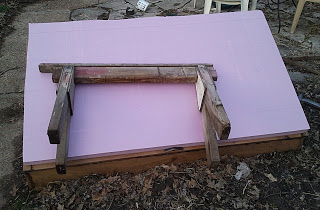
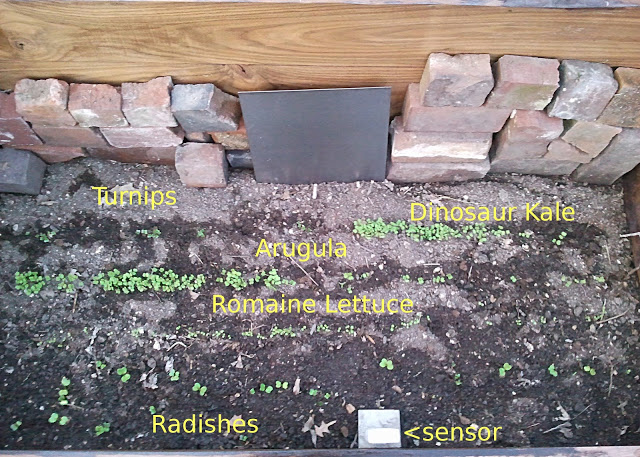
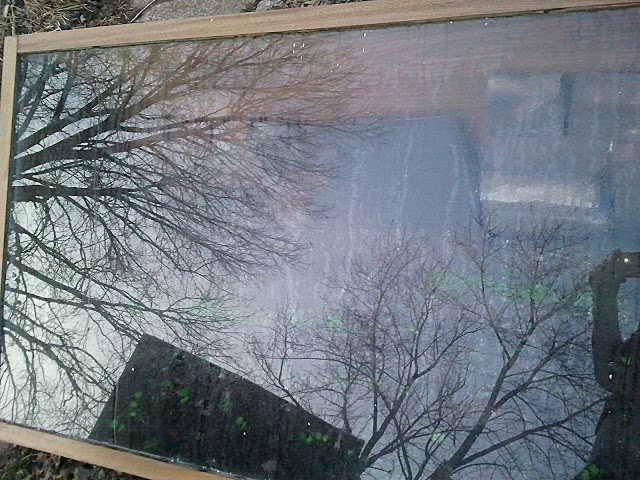







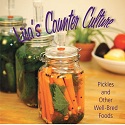





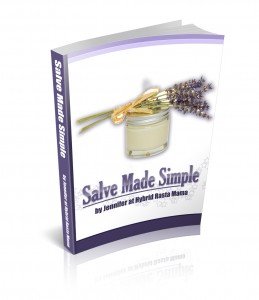
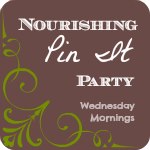

What a wonderful project! Jason, I'm impressed! And now I want one… When talking to Art, I'm blaming the two of you!!!
It really is beautiful. You should come see it when you are in the neighborhood some time.
Patty, I saw on your pintrest Utz Pork Rinds. Are they really gaps legal? I'm assuming not pastured pork. Just for traveling and things, when complete GAPS is harder? I just long for ready-made savory snacks.
They are not pastured but they are just pork and salt and so are GAPS legal. We use them for travel and special occasions. They are a delightful treat.